
An Unforgettable Photo Shoot in the Tetons
September 2022. Exploring the Grand Teton National Park for good photos, I am amazed at how different it all is compared to two years earlier, when I visited the Park with a pro-photographer. Now I am at it alone and doing fine.
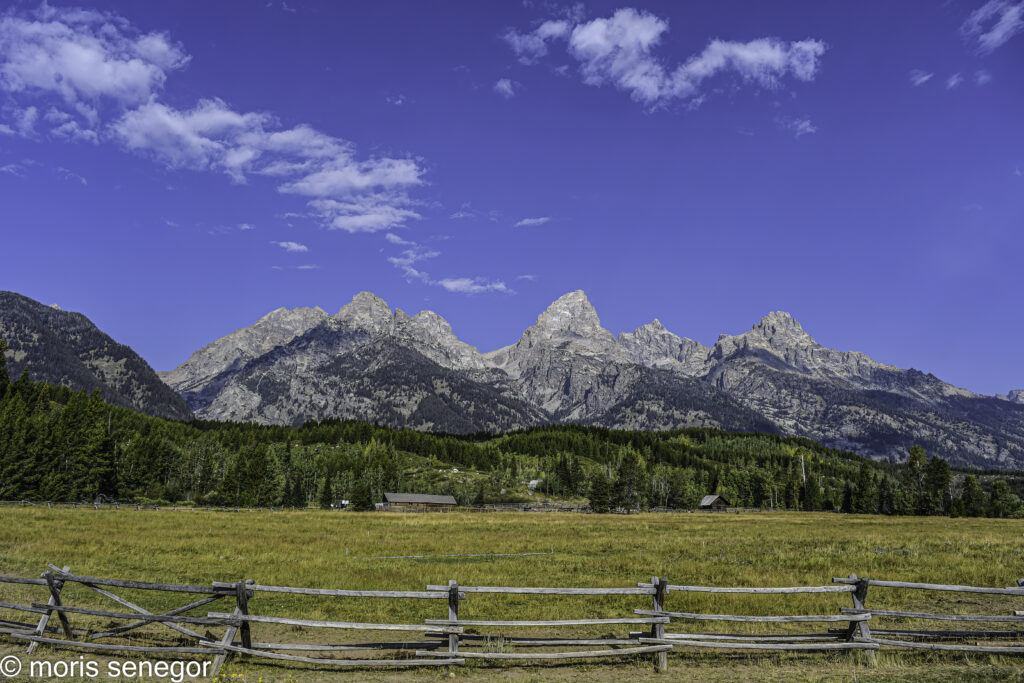
That September 2020 outing turned out to be pivotal in my long love affair with photography, raising me into new heights that I had never imagined.
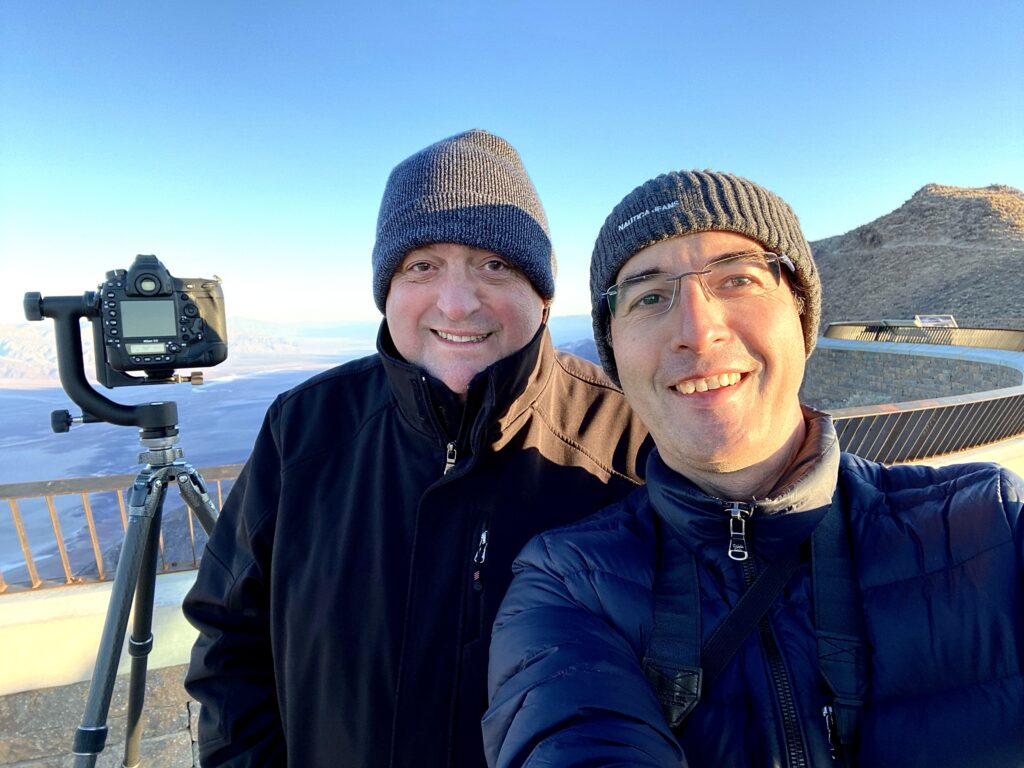
The idea came from Ilia Gur, my photography buddy. He had planned a visit to Wyoming, his first ever, and he intended to hire a photographer guide in the Tetons. Would I be interested in coming along?
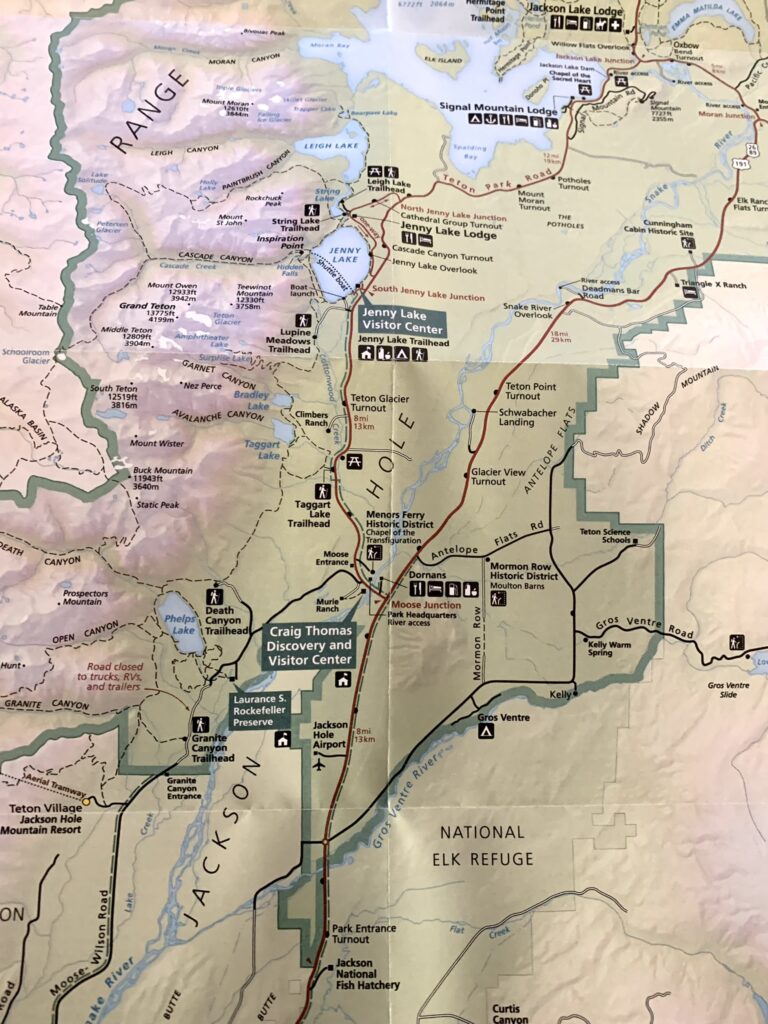
I had been in and out of Jackson Hole, the gateway to the Park, for decades, visiting family. In 2015 we had purchased a condo in Wilson, a nearby town. By the time of Ilia’s proposal, I thought I had done everything there was to do in the area. I had grown tired of Jackson Hole.
Nonetheless, it was the height of the Covid pandemic and travel opportunities were limited. Ilia’s proposal suddenly became attractive. Besides, I had been in a long funk with my photography, taking mostly vacation pics with hobby cameras. Maybe this would kick me out of my doldrums.
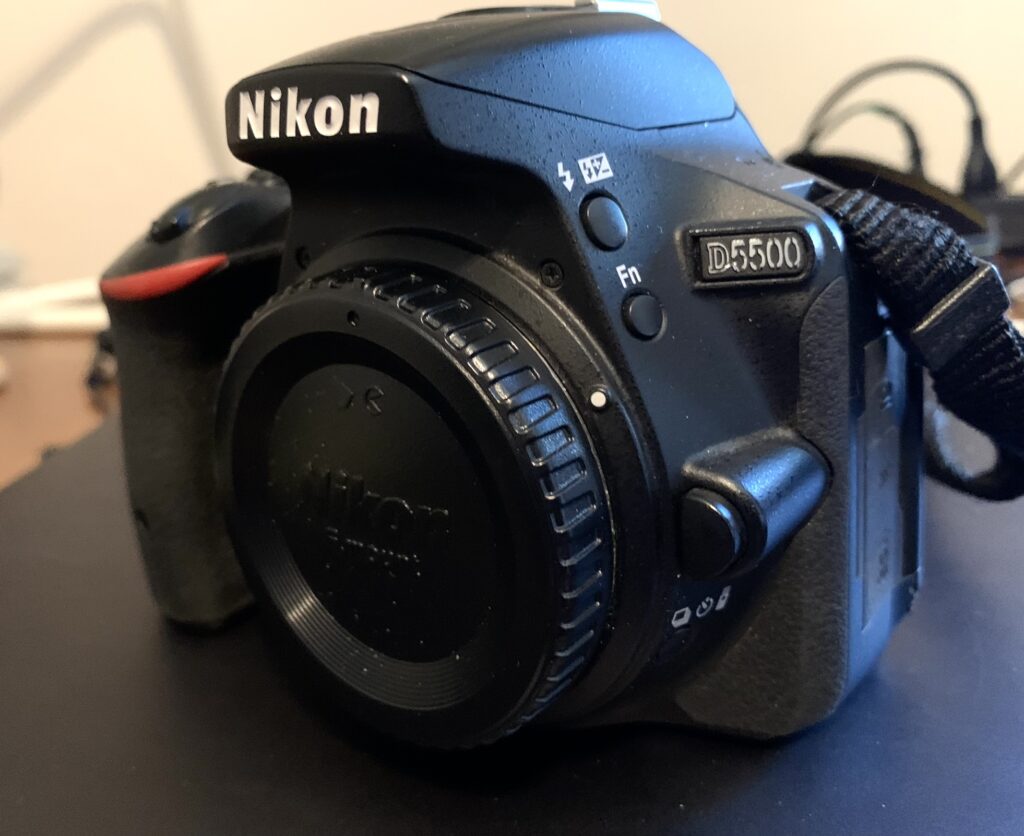
I had already begun some improvement a year earlier when I became interested in moon shots. This led me to purchase a powerful Nikon 200-500 zoom lens, a decent tripod and a gimbal. But I was still shooting with a Nikon D5500, a middle-of-the-road hobby camera.
My post-processing was also rudimentary, an old, out of date version of Lightroom, shooting JPG because my computer, also too old, couldn’t handle RAW files.
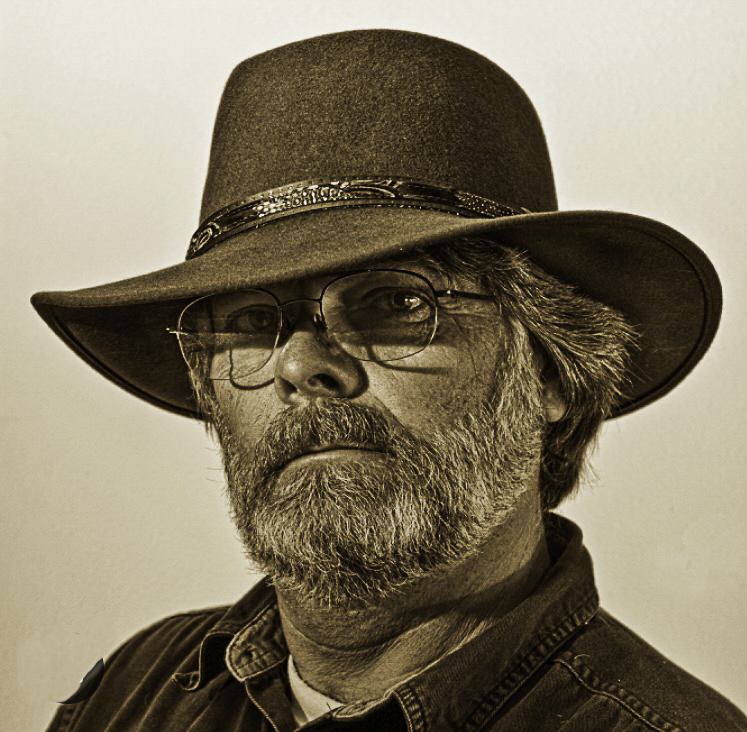
Ilia chose Mike Jackson, a longtime resident of Jackson Hole, a pro who shot landscapes and wildlife. It was to be a four-hour outing. We planned to shoot a moon set against the Tetons followed by whatever else Mike had in store.
Juxtaposing the full moon against a landscape requires advance planning. Ilia and I had taught ourselves how to use astronomy apps that facilitate the process. These show the times and positions of moon rises and sets in reference to horizon. Mike told us that conditions in the Tetons were different. Since the moon would disappear behind high peaks, horizon-based planning was useless. He himself would do the planning for us. He selected an optimal shoot day, two days after full moon.
That day, September 2, 2020, turned out to be life changing.

Mike, ilia and I had a pre-dawn rendezvous at the Snake River Overlook in the Park. We had a brief pow-wow under a bright moon descending toward the Tetons. Mike was hoping to juxtapose the moon with the Grand, the highest peak of the majestic range. He told us that we had a better chance of doing so at a different spot farther north, Elk Ranch Flats. He then led us there on a dark, desolate road.
True to its name, Elk Ranch Flats was sprawling ranch land in the valley floor with breathtaking views of the Tetons. The sky was clear and the moon, still visible, was headed toward the craggy peak of the Grand. Mike had been right.
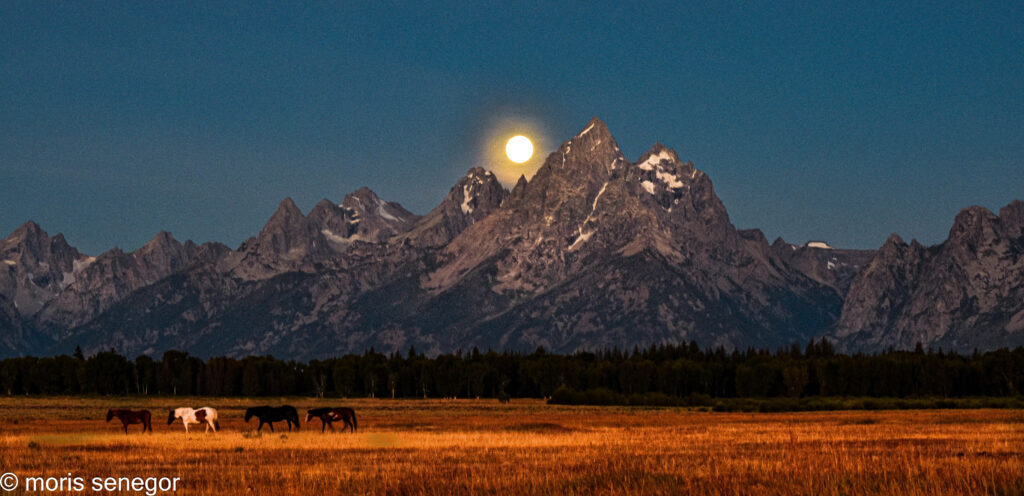
We set up our tripods and, as dawn broke, waited for the moon to descend further. Now, a surprise: Wild horses. They waded into our scene single file, with a dream like aura under the moonlight. Ilia let out an excited cry as the herd filled our empty foreground, completing a classic Western scene. We eagerly engaged our cameras, shooting with glee.
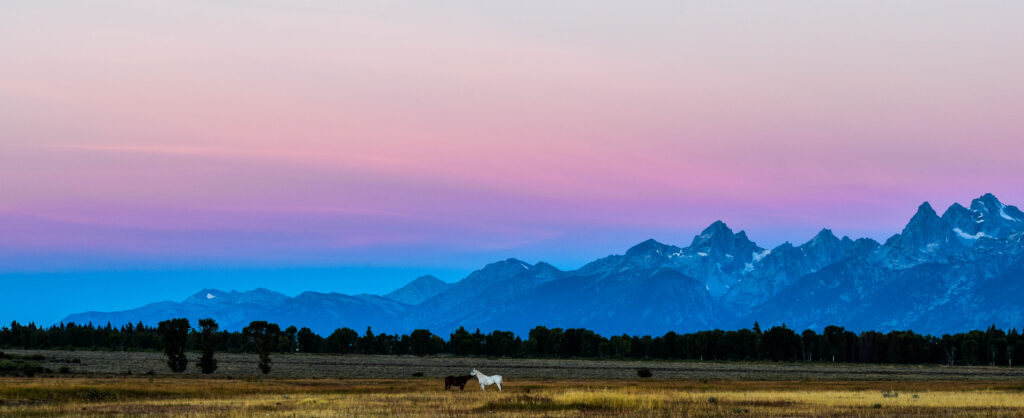
After the moon disappeared, we witnessed a glorious golden hour as the sun rose, the Tetons gradually illuminated in the Alpenglow. We took more great photos while Mike gave us technical and compositional tips.
The moon set and sunrise would have made for a good enough outing. But Mike still had more for us.

We first stopped at a nearby embankment by the Snake River and got our shoes dirty descending to the river bank. Mike showed us a different perspective on the Tetons from this viewpoint, one that tourists never see.

At Schwabacher’s Landing we photographed crisp reflections of the mountains on a calm river. Mike took a picture of Ilia and I with the Tetons in the background, in what has become an emblematic photo-buddy picture.
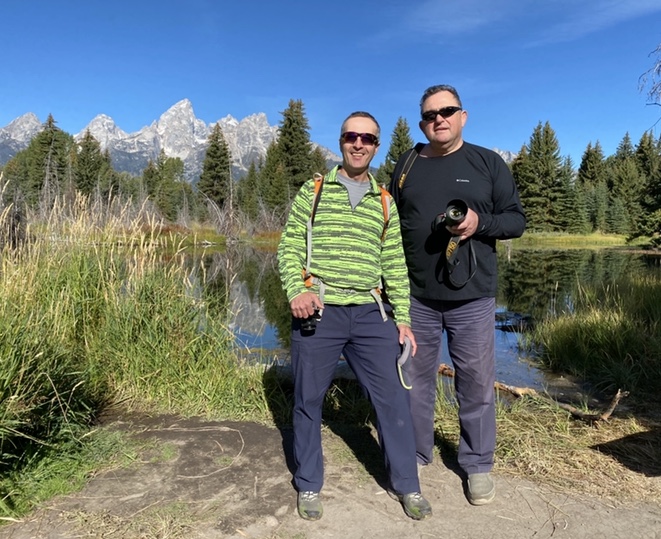
We then headed east and encountered a herd of bison. Mike gave us tips on how to stay safe around these animals notorious for charging at tourists who come too close. Two bus lengths minimum, and don’t expect fences to protect you; they can easily jump fences.
No problem. With our long lenses we more than safe.
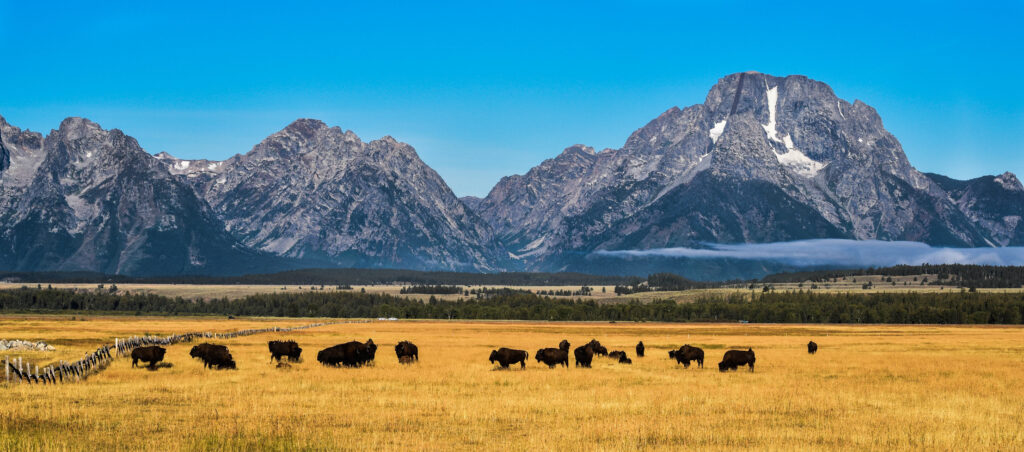
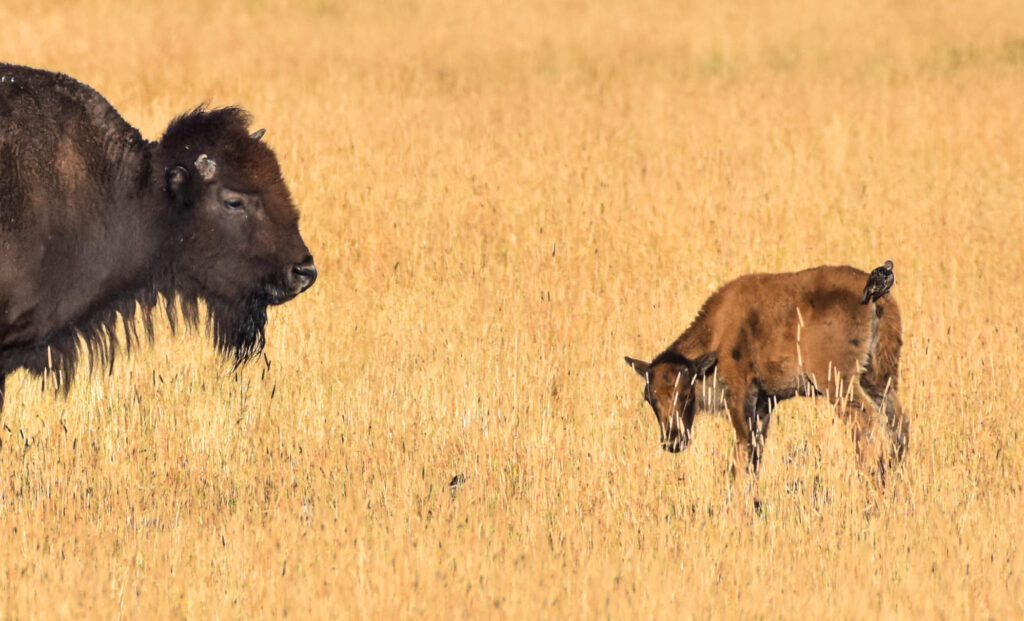
One of the bison had birds on it, starlings, picking its hide for insects. That shot became a classic photo from the outing.
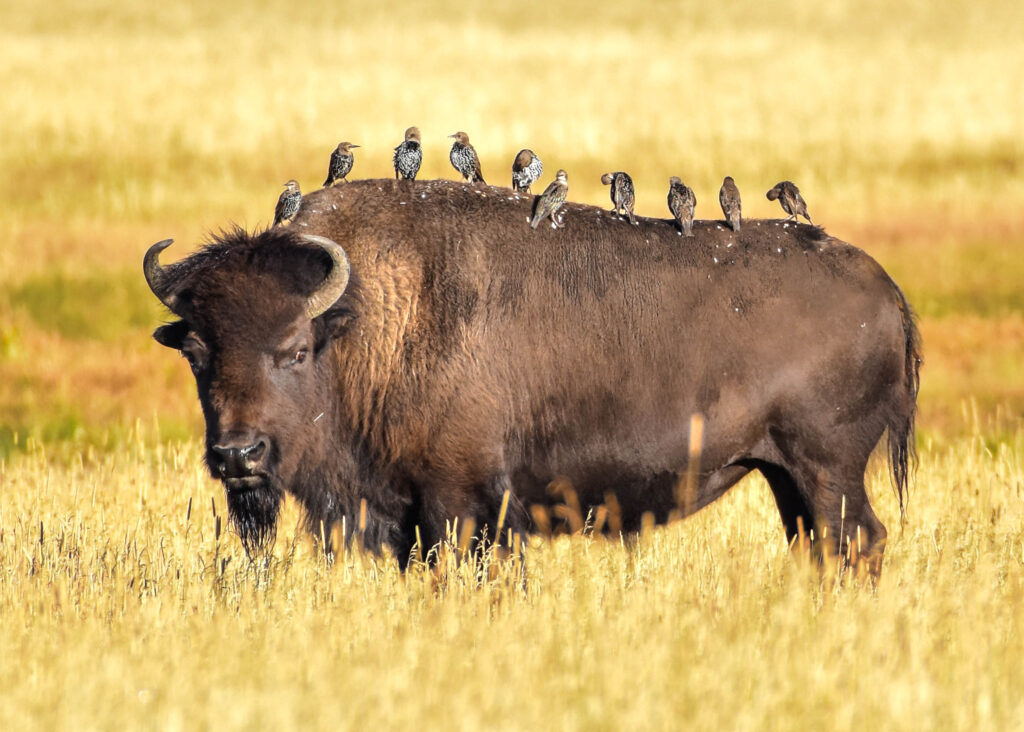
Mike then took us to the famous Mormon barns on Antelope Flats. He encouraged us to try as many different perspectives as we could muster.
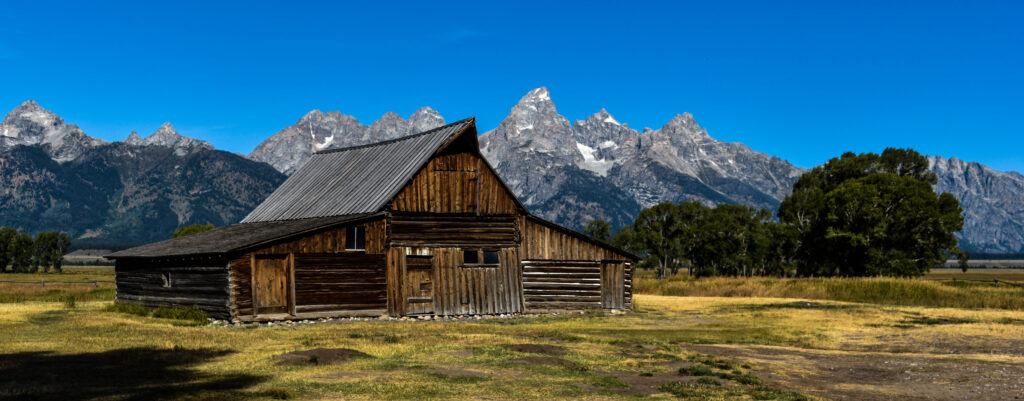
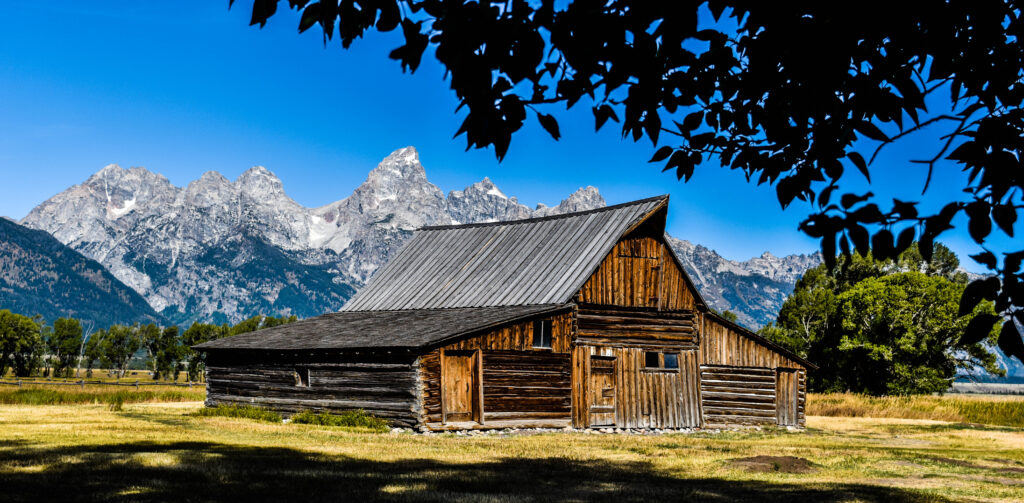
He then gave us a tip that was the biggest pearl of the day. When he told us that he has photographed these barns countless times over the years, I remarked that once I cover a subject I never return to it. He countered by emphasizing the infinite possibilities of light, sky and weather that can make the same subject fresh each time. He encouraged me to revisit shoot sites. I took this to heart.
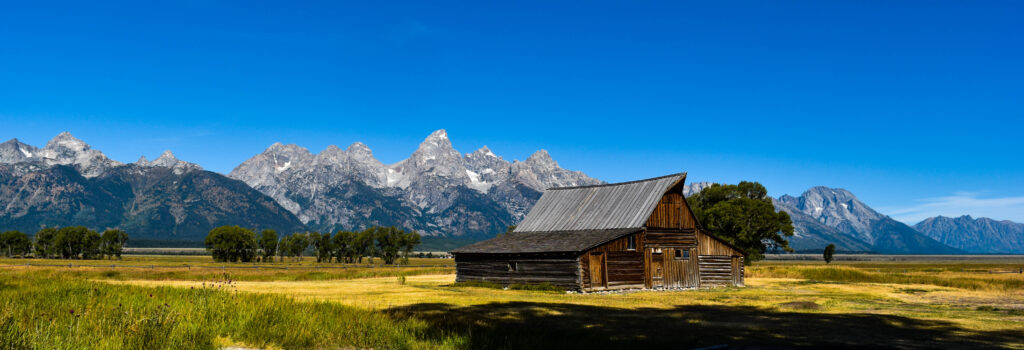
It was supposed to be a four-hour outing. It turned into six, an absolute treasure chest of great photos. I was grateful to Ilia for proposing this and glad that I accepted.
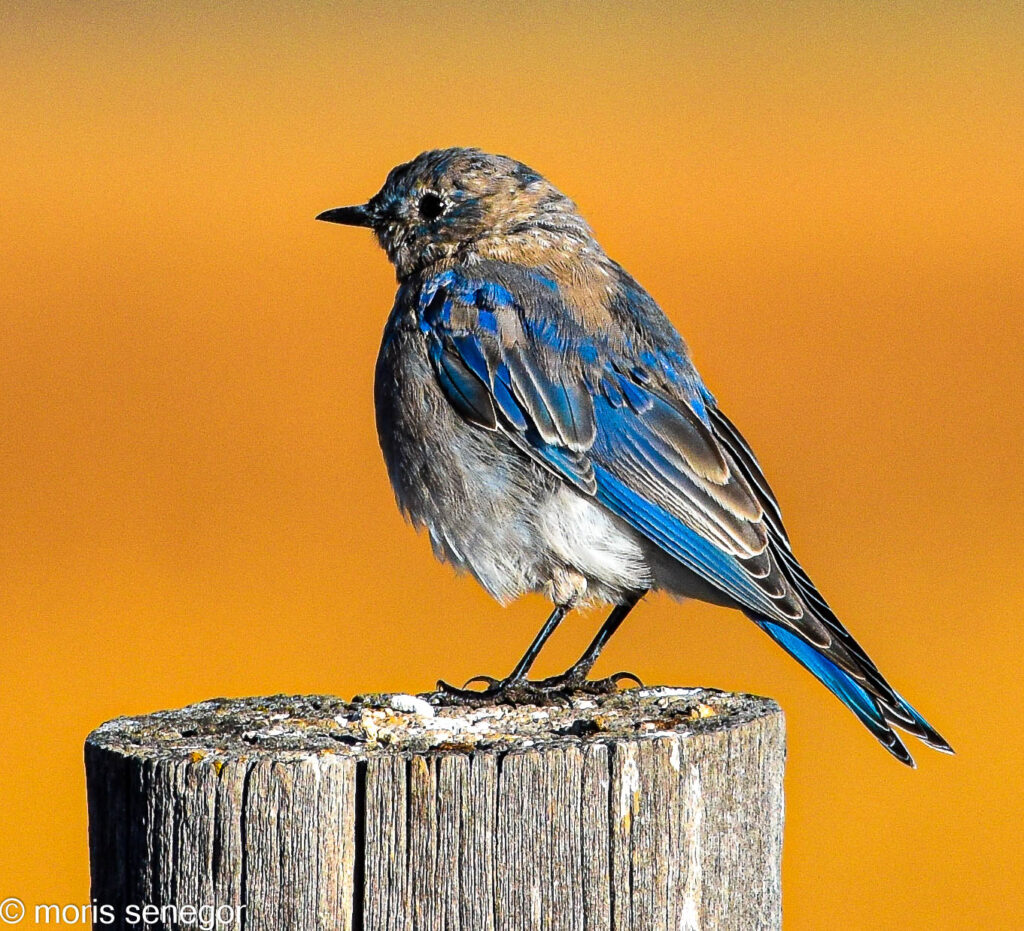
Yet another long-lasting effect of the outing was my impression of Mike’s gear. He was shooting with a Nikon D6, a professional camera, and Sigma 60-600 lens that allowed versatility in composition, able to pull back to a wider angle when needed. In the Tetons this was crucial in capturing the majesty of the landscape against any foreground.
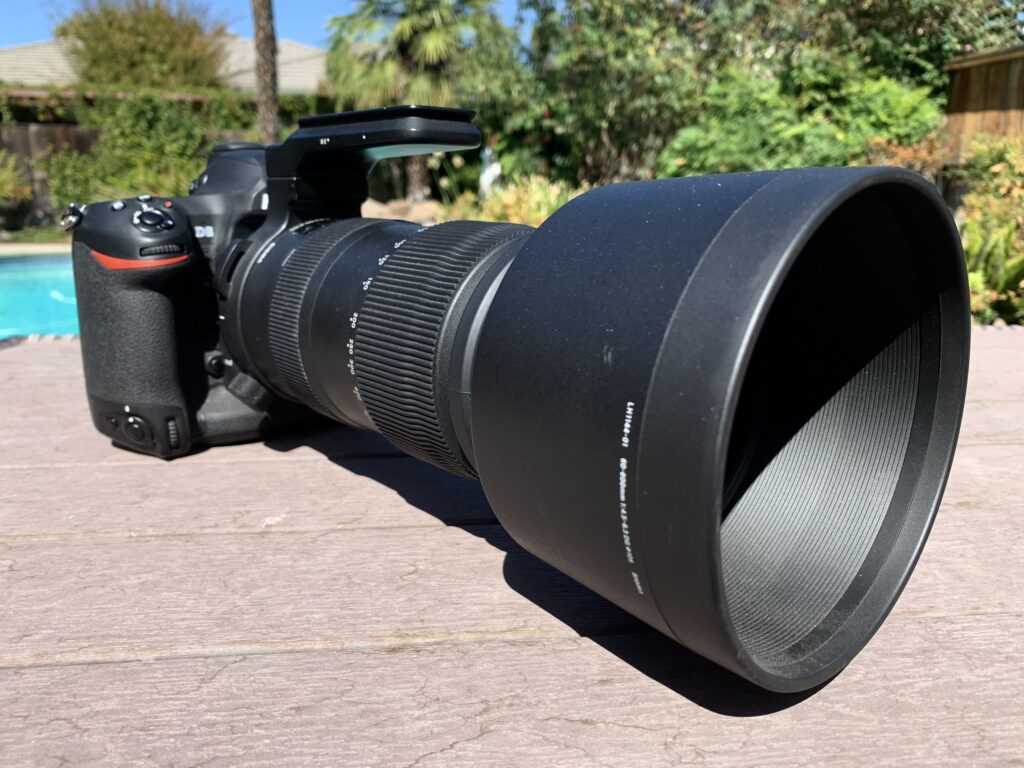
I fancied Mike’s equipment, but it was seriously expensive. Eventually I came around and bought both the D6 and the Sigma lens, the latter replacing my Nikon 200-500. I also bought a new laptop that could handle RAW files and subscribed to Lightroom, getting its newest versions. I spent a good deal of time sharpening my post-processing skills.
The new gear changed my life when I realized that it was ideally suited for wildlife, especially birds in flight. I decided to take up the challenge. What began as a morning shoot in the Tetons turned into a deep interest in wildlife photography. It took me out of my doldrums and into a vast new world that I am exploring with much zest.
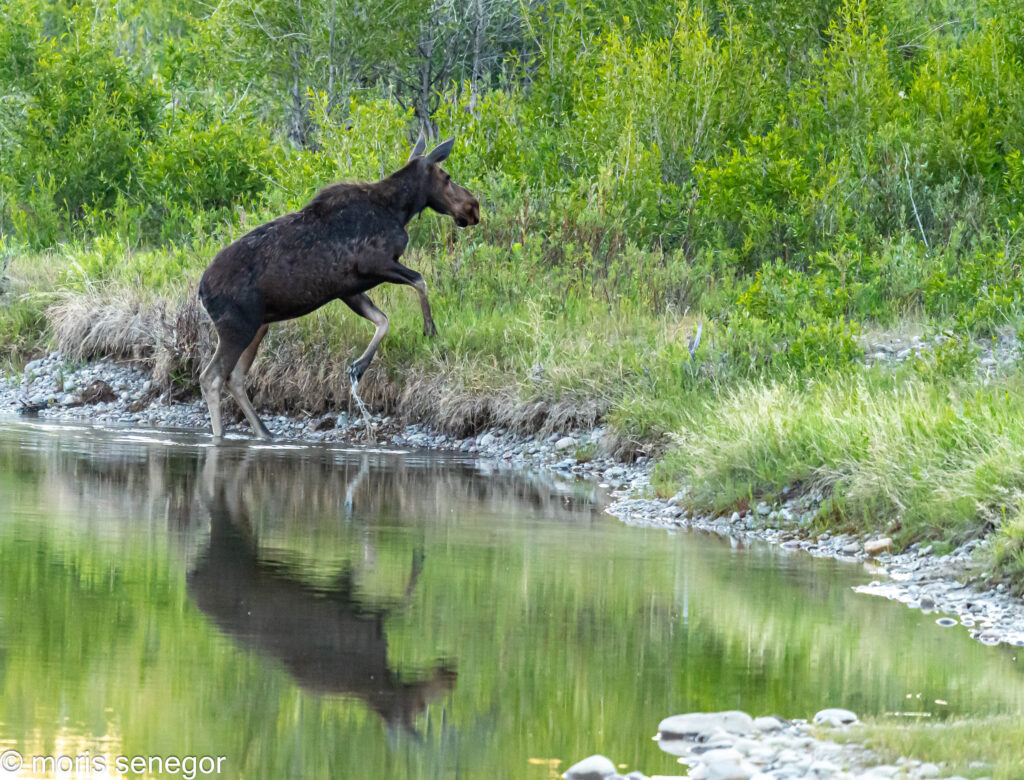
In 2021 I returned to the Tetons with another pro photographer Steve Mattheis. He gave me excellent tips on the complex technical details of my new D6. He also taught me how to detect wildlife while driving, a skill that I am still perfecting.
Since then I have been shooting on my own, mostly at nearby wildlife preserves in Northern California. I am working on wildlife detection skills, as well as focus-lock and tracking of birds in flight.

This year, when I returned to the Tetons, I didn’t feel I needed a pro. I revisited the spots we shot with Mike Jackson and a few more that I had discovered myself. By now I had come to know the Park well. No need for maps. I also knew where to find specific animals.
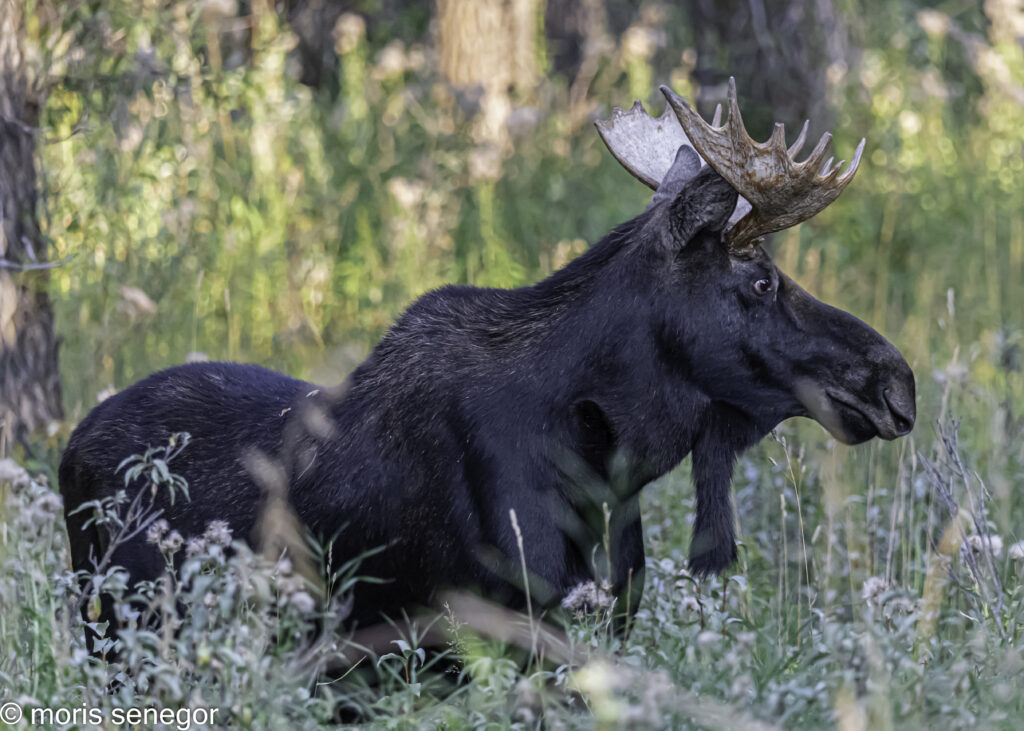
In a déjà vu experience, I shot a moon set that I planned myself, the moon coming down near the Grand. It was from the Snake River Overlook, our original rendezvous spot in 2020.
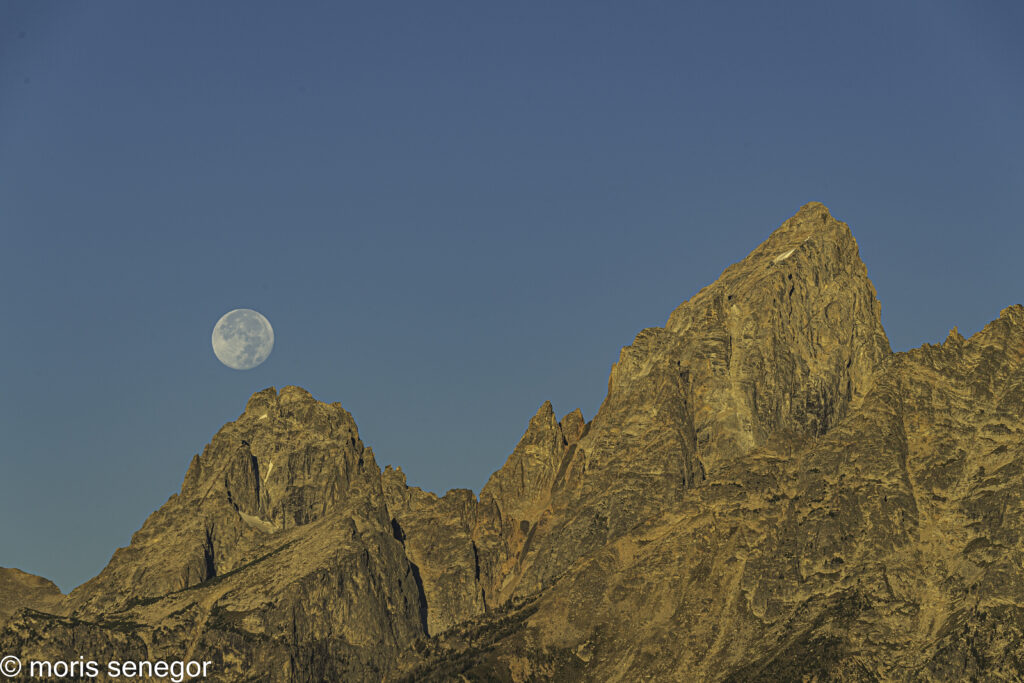
I plan on returning to Tetons regularly and revisit the same sites, practicing what Mike Jackson had advised. Mike is no longer there. He moved to Colorado. His memory stays with me every time I pick up my D6, a camera that I love.










